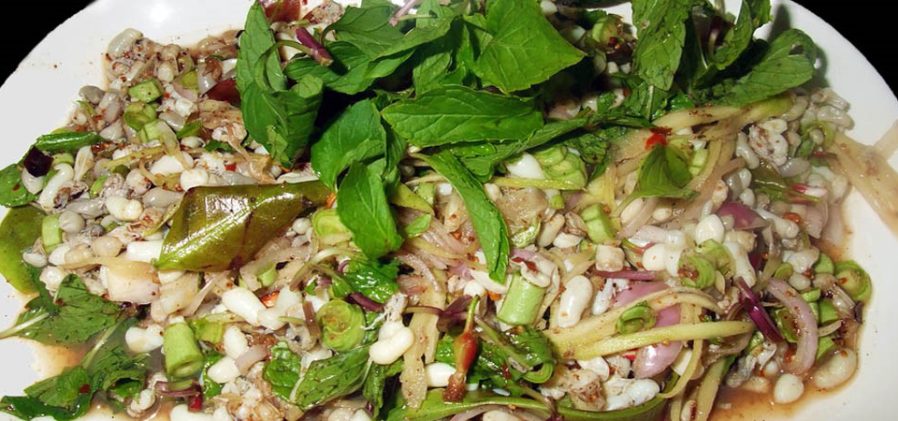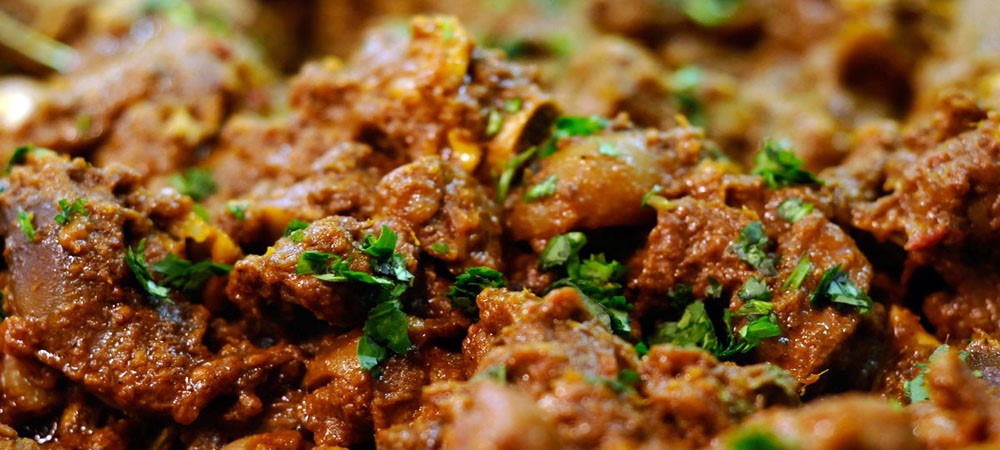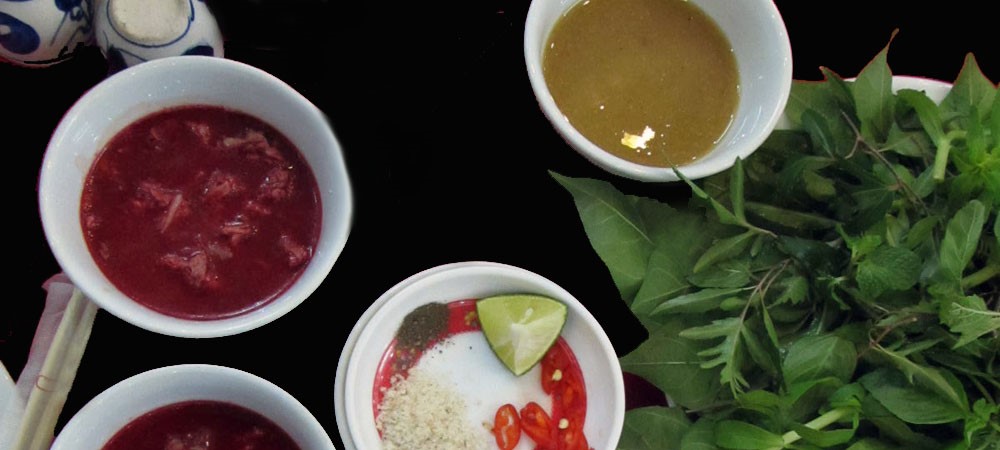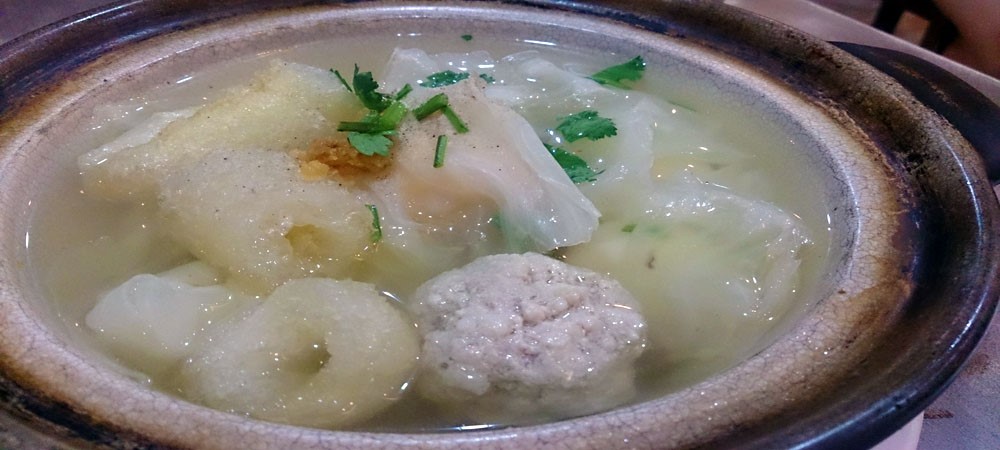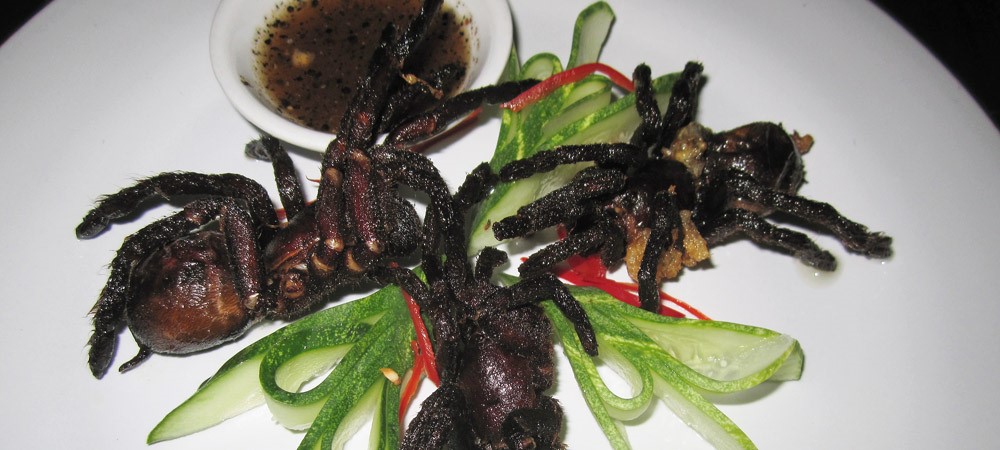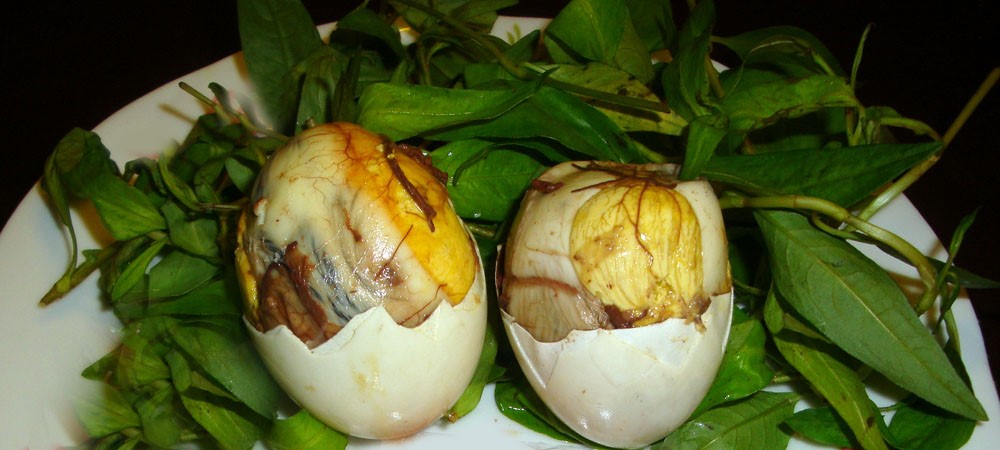Everyone knows that trying local and unique dishes while in a foreign land is part of the whole travelling experience, and for good reason. Those canopied street-side vendors with plastic picnic chairs and tables can sometimes herald the most unique and traditionally local delicacies available that you won’t find in your typical restaurant – even if it’s a budget local one. In truth, some local cuisines can be difficult to find on the usual menu and you need to look a bit deeper to come across them. For the adventurous, eating these local curiosities can be a highlight of the trip, not to mention opening the door to some truly delicious culinary discoveries. If this sounds like you, read on for the top ten most unique South East Asian dishes to try when you’re in the area on any of Explorient’s Luxury Asian Food Tours.
Ant Eggs, Laos and Thailand
Ant eggs are hugely popular throughout parts of Thailand and much of Laos. Due in part to their high levels of protein and their citrus taste, these eggs (and the ants themselves) make for a great taste of a local delight. Used in soups and salads, the eggs particularly are harvested for use in cuisines. The acetic acid makes for a great and protein heavy alternative to lime juice and vinegar in many dishes.
You will be able to source these tasty eggs at some of Thailand’s popular insect restaurants that have begun to pop up. You can also find the soups and salads on many markets, especially if you go off the beaten trail a bit into the local areas.
Porcupine Rendang, Malaysia
A spicy meat dish that came over from Indonesia, rendang is a popular meal throughout the region, including Malaysia where they take it one step further and add local exotic meats to really make the dish pop. One such meat is that of the porcupine, a surprisingly versatile meat that can be added to not just rendang but a whole host of other dishes that need an injection of flavor and meat. Considered by some to be a curry it’s much thicker and made with a variety of spices, chilies, coconut milk, ginger, turmeric and more. While rendang is the name of the dish, the actual meaning of the word is more used as a descriptive term to identify the slow cooking process which makes this a succulent, flavorful option, especially when paired with exotic meats like porcupine.
Grub Curry, Thailand
Insect restaurants are popping up throughout Thailand and they’re well worth a look if you don’t mind knowing the fact that your meal consists of creepy crawlies. Grub curry – literally substituting fat larvae for the protein – is one such dish that is becoming hugely popular. The dishes don’t stop there though, and many different regional bugs are beginning to get cooked up over a hot skillet to be added to salads and curries, as well as served as a main protein on their own.
Blood Pudding, Vietnam
Also known as Tiết canh, this delicacy found in Vietnam is similar to the traditional British blood pudding but has certain regional differences. While British blood pudding is made with spices and often fried, Vietnamese blood pudding can be consumed raw, although it’s not recommended if the blood is pork blood. Duck blood is a popular alternative to pig blood, and is collected in a bowl then mixed with chunks of meat, fish sauce and herbs. Sometimes put into sausage casing and sold as street food, there are a number of variations on this popular dish. Give it a try on one of Explorient’s Taste of Vietnam food tours!
Tamilok, Philippines
A real treat for the adventurous, Tamilok, also known as shipworms, are a delicacy in the Philippines. Actually a type of mollusk from the clam family, they’re notorious for burrowing into submerged wood on the likes of docks and piers, hence the term ‘shipworm’. They’re often referred to as sea termites as well. Marinated in a combination of lime juice, chilies, onions and more, the flesh has been said to resemble a variety of things from milk to oysters and beyond. Found mainly in Palawan and Aklan but variations can be found as far away as Thailand and Papua New Guinea.
Lamb Brain Soup, Singapore
This soup will definitely challenge even the most stoic of adventurous eaters. Like its cousin, Pig brain soup, chunks of animal brain are the main component except with variations on flavor and texture. Pig brain soup is creamier and not as pungent in flavor. Lamb brain on the other hand has a gamey, more mutton-like taste to it. For lamb and mutton lovers, this may be not such a bad choice, but if you aren’t keen on either you may want to try pig brain soup instead. Either way, these soups are a popular choice amongst Singaporeans and provide a lot of nutrients, packing a punch in a seemingly small bowl. Visit Singapore and try it at Hajj M.Abdul Soup stand near Kallang station.
Coconut Dragonflies, Indonesia
A bit like crab, this tasty delicacy might sound a bit strange, but actually has made it over the water to the United States where one can dine on dragonfly at a local bug-based eatery in the Big Easy, New Orleans. Dragonflies are typically caught by painting a piece of palm with a sticky, syrup substance produced by the jackfruit tree. With the dragonfly unable to get away, the wings are removed and it’s cooked up in a concoction of coconut oil, ginger and garlic. Sometimes spices can be added to make it a bit more flavorful in other ways and then is served over rice. Find it on the island of Bali during a guided tour of the island with Explorient’s Bali Getaway tour (amongst others).
Fried Tarantula, Cambodia
The small market town of Skuon in Kampong Cham province is the place to check out the tastes of the fried tarantula. Bred in small underground holes, these spiders are then fried in oil and eaten – legs and all! It’s thought that the tarantula became a popular (and necessary) choice for food during the Khmer Rouge regime when food was scarce. Today they act as a tourist attraction in Skuon, even though fried spiders can be found throughout Cambodia, including in Phnom Penh. Try if you dare, you might be surprised! Find out for yourself on one of Explorient’s Private Tour to Cambodia.
Bat, Myanmar
Some see them as a cute little creature while others think of them as rats with wings, but in Myanmar, bats are seen as a tasty snack, something to tuck into any time of day. Considered a delicacy and found in street food stalls as well as some various restaurants throughout the country, bats make for interesting eating and can be added to a whole host of dishes including curries, rice dishes and served standalone snack. If you’ve always wondered what it would be like to eat a bat (much like pigeon in some parts of the world), you can give it a try on the streets of Yangon or Mandalay (amongst others).
Numbered Eggs, Various
These eggs can be found throughout South East Asia and are considered to be both a street food as well as a delicacy. Usually steamed in batches, they are rated between 1 to 5, with each rating indicating the length of time the fertilized egg has been left to develop for. Level one eggs are typically not very developed while level fives are essentially a fully formed chicken fetus. Do you dare? Find them frequently on the side streets and at street food stalls, particularly in Laos.

